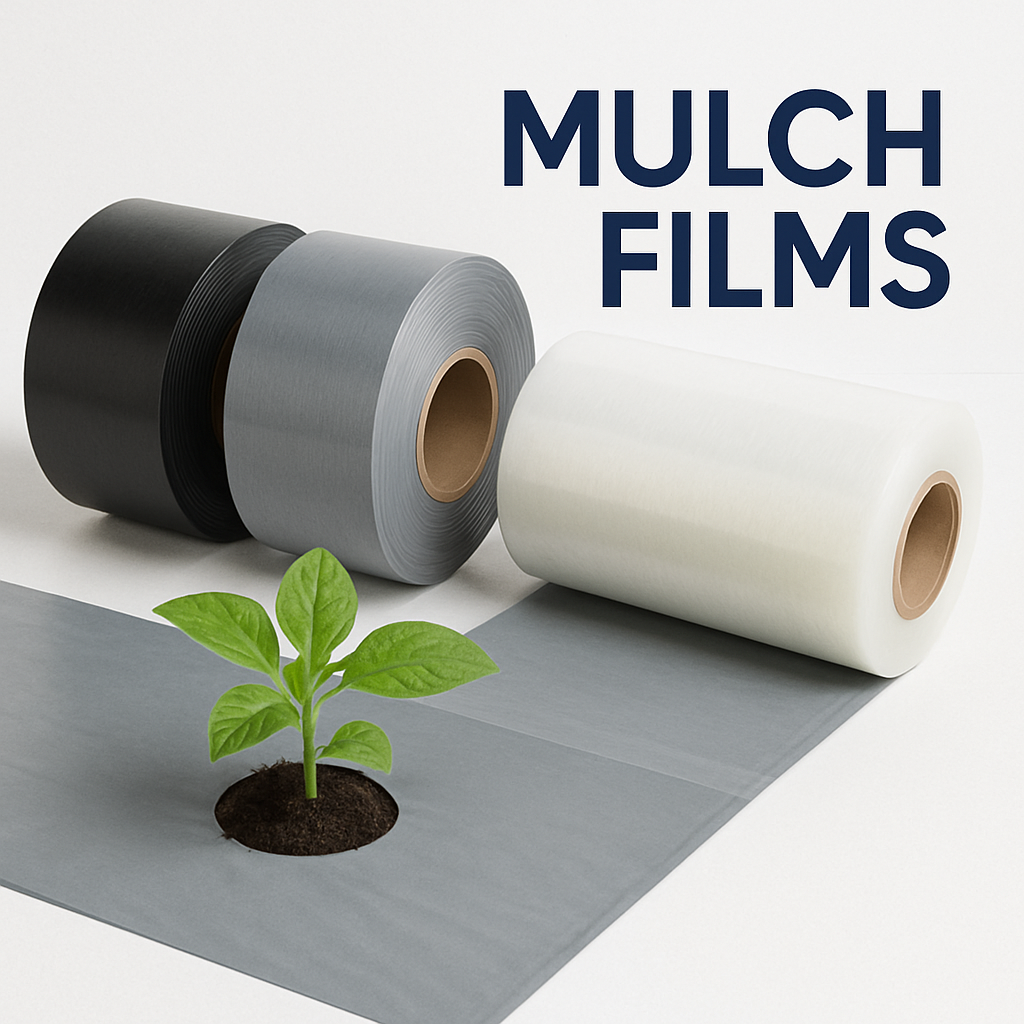-
Weed Control: Blocks sunlight from reaching the soil, effectively suppressing weed growth without chemical herbicides.
-
Moisture Retention: Reduces evaporation by up to 70%, helping maintain consistent soil moisture levels and reducing irrigation needs.
-
Enhanced Crop Quality: Minimizes fruit-soil contact, reducing rot and disease while improving cleanliness and marketability.
-
Soil Temperature Regulation: Warms soil during cooler months and reflects heat in hotter seasons—ideal for early harvest and better root development.
-
Reduced Soil Erosion & Compaction: Shields the soil from wind, rain, and mechanical damage.
-
Eco-Friendly Options: Available in biodegradable and recyclable grades for sustainable farming.
-
Horticulture: Used for vegetables like tomatoes, cucumbers, peppers, eggplants, and melons.
-
Field Crops: Suitable for strawberries, sugarcane, maize, and cotton.
-
Greenhouses & Open Fields: Versatile for both covered and open farming systems.
-
Organic Farming: Especially effective when paired with organic soil conditioners and fertilizers.
🌱 Mulch Films – Advanced Agricultural Ground Cover Solutions
Mulch Films are specialized plastic films used in modern agriculture to enhance crop yield, conserve soil moisture, and suppress weed growth. These high-performance films act as a protective layer over the soil surface, creating a controlled microclimate around plant roots for healthier, more efficient farming. Available in various colors (black, silver, white, and transparent) and thicknesses, mulch films are tailored for diverse crops, climates, and seasons.
✅ Key Benefits & Features of Mulch Films:
🌾 Applications of Mulch Film:
🔠Why Choose KrishiFlex Mulch Films?
At KrishiFlex, our mulch films are manufactured using premium LLDPE/LDPE blends that ensure superior puncture resistance, uniform thickness, and UV stability. Designed to withstand Indian agro-climatic conditions, our films contribute to higher yields, reduced input costs, and improved soil health—empowering farmers with smarter cultivation practices.



